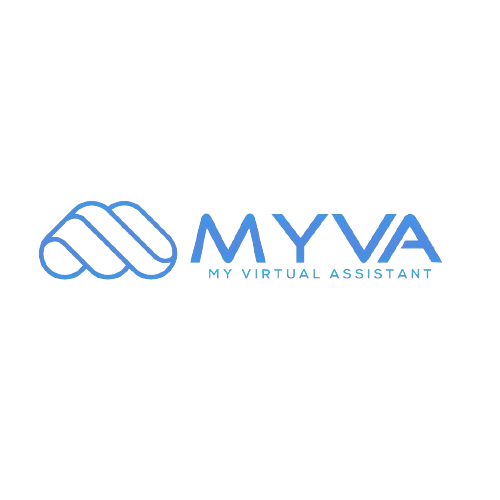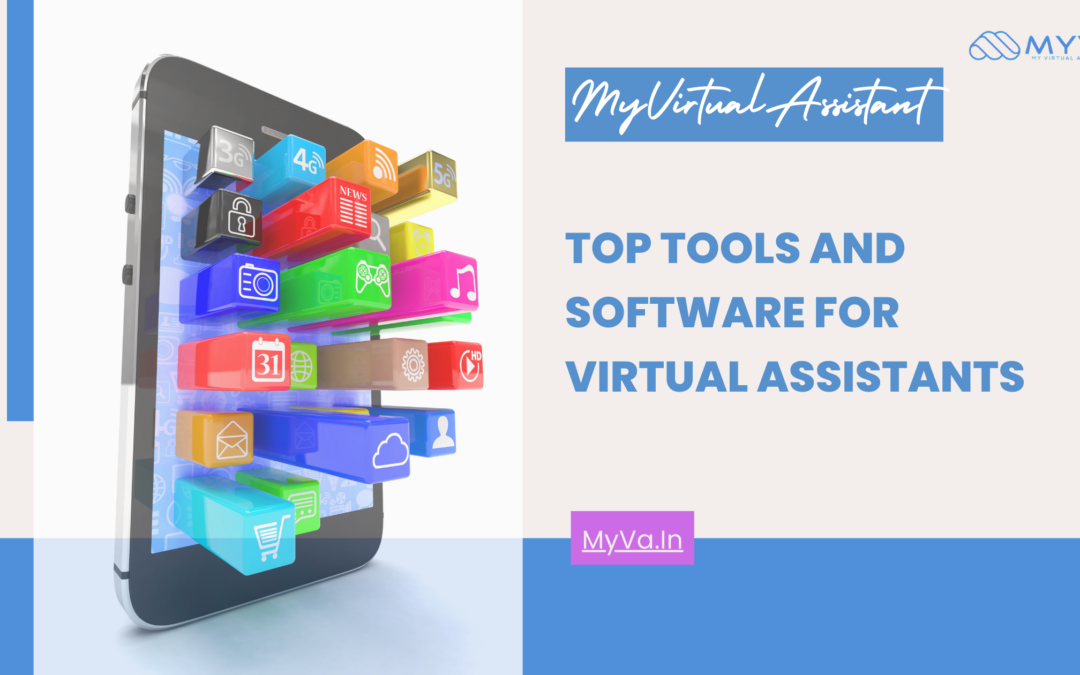Follow US on!
In the dynamic world of virtual assistance, leveraging the right tools and software is essential for optimising productivity, streamlining tasks, and delivering exceptional results. As a virtual assistant (VA) or someone considering entering this field, having access to top-notch tools can make all the difference in managing tasks efficiently and exceeding client expectations. In this blog post, we’ll explore some of the top tools and software that empower virtual assistants to thrive in their roles.
1. Communication and Collaboration Tools
Effective communication is the cornerstone of successful virtual assistance. Tools like Slack, Microsoft Teams, and Zoom facilitate seamless communication, allowing VAs to connect with clients, team members, and collaborators in real time. These platforms offer features such as instant messaging, video conferencing, file sharing, and project management, fostering collaboration and ensuring clear and concise communication channels.
2. Project Management Software
Organising tasks, deadlines, and priorities is crucial for VAs to stay on top of their workload. Project management tools like Asana, Trello, and ClickUp enable VAs to create task lists, set reminders, track progress, and collaborate with clients and team members. These platforms streamline workflow management, enhance accountability, and ensure projects are completed on time and with precision.
3. Time Tracking and Productivity Tools
Time is a valuable resource for virtual assistants, and optimising productivity is key to delivering exceptional results. Time tracking tools such as Toggl, Clockify, and RescueTime help VAs monitor their time spent on various tasks, identify productivity patterns, and analyse work habits. Additionally, productivity tools like Todoist, Evernote, and Notion assist VAs in organising tasks, taking notes, setting goals, and maximising efficiency.
4. Social Media Management Platforms
For VAs specialising in social media management, leveraging dedicated platforms can streamline content creation, scheduling, and analytics. Tools like Hootsuite, Buffer, and Sprout Social offer robust features for managing multiple social media accounts, curating content, scheduling posts, engaging with followers, and analysing performance metrics. These platforms empower VAs to enhance their clients’ online presence and drive engagement effectively.
5. Email Marketing and CRM Software
For VAs involved in email marketing campaigns and customer relationship management (CRM), utilising specialised software is essential. Platforms like Mailchimp, Constant Contact, and HubSpot CRM provide VAs with tools for designing and sending engaging email campaigns, managing subscriber lists, tracking campaign performance, and nurturing client relationships. These tools streamline marketing efforts, improve customer engagement, and drive conversion rates.
Conclusion: Equipping virtual assistants with the right tools and software is paramount to their success in delivering high-quality services, meeting client expectations, and achieving business goals. By embracing communication and collaboration tools, project management software, time tracking solutions, social media management platforms, and email marketing/CRM software, VAs can elevate their productivity, efficiency, and effectiveness in supporting clients and driving business growth.

